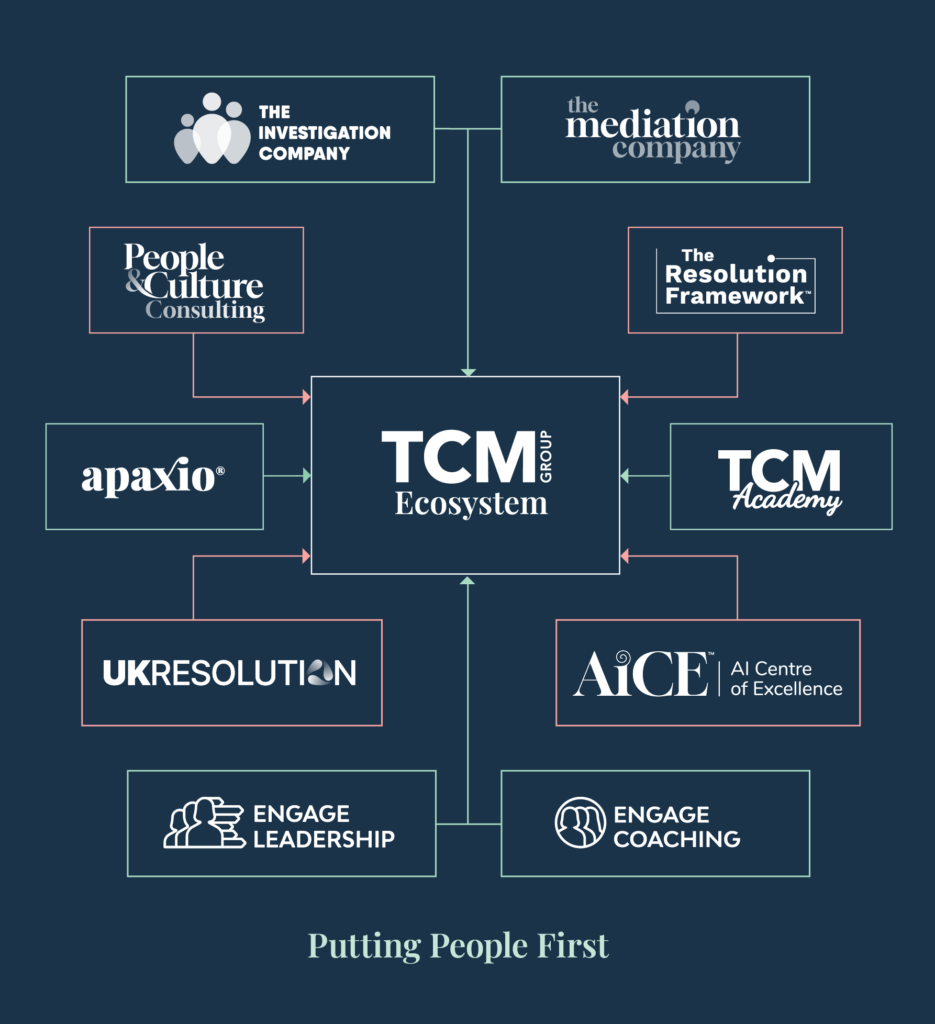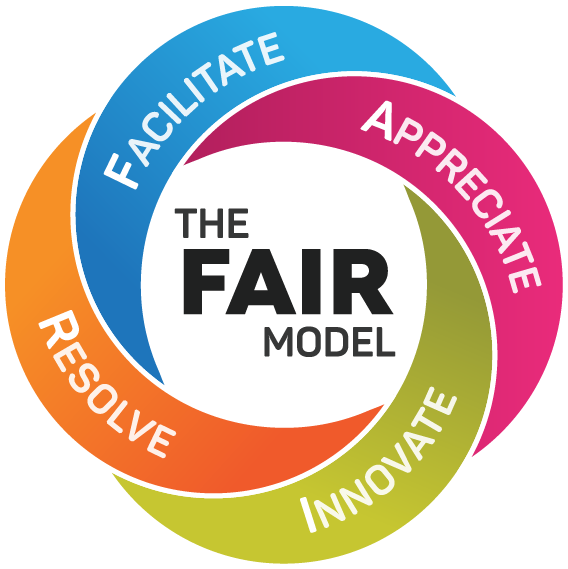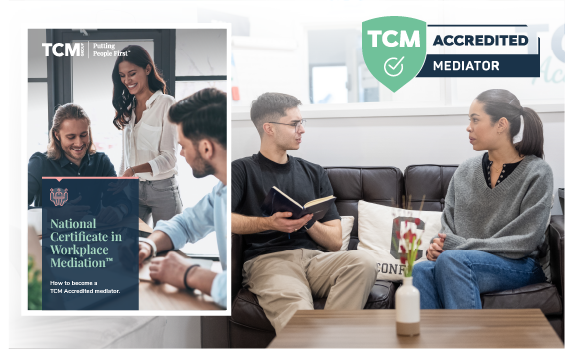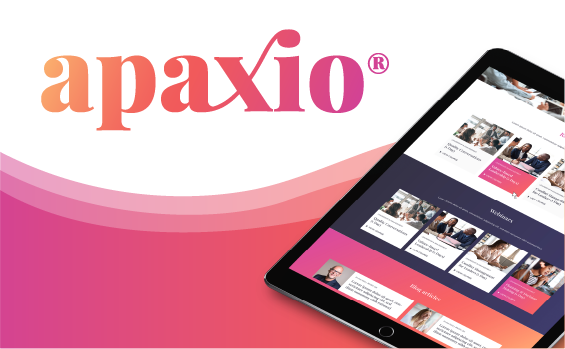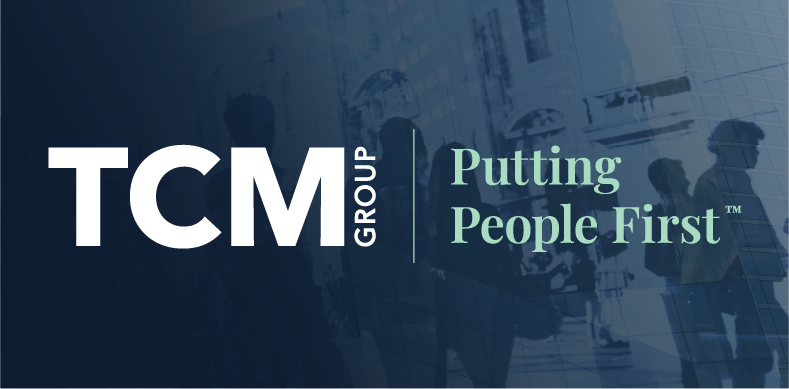

Download this case study


Read more case studies:
Values-based Leadership
Settling in
Having recently joined a marketing and communications team within a small organisation, I was sent on this course as part of my induction to learn more about leadership development and instil core values that would help my initial integration into the workplace culture.
“On the surface, the Values Based Leadership course is designed as a two-day blended learning programme to help leaders develop key skills, competencies, and knowledge needed to facilitate organisational growth and success. But it’s so much more than that. Soon after the course began, the other participants and I quickly realised that, by looking inward and delving deeper, we were embarking on a journey of self-discovery.”
From the outset, the facilitator encouraged open and honest discussion, promising confidentiality and respect. Stories began to be shared of past leadership experiences, ranging from lamenting on personal grievances to praising particular qualities of a previous line manager. Within this specific course, I shared the space with two managers working in the police force, one official from the Foreign Office, and a HR manager working in customer service.
This diverse intersection of starkly contrasting sectors brought up contending ideas, values, and policies throughout the two-day discussion. Through this cross-cultural clash, a commonality emerged: despite our differences, we all wanted to get the very best out of our work lives.
Understanding values, motives, and behaviours
After introductions, we began to dive into the theory of values-based leadership. Our trainer explained how motives and values interact to affect behaviour. Motives, present in everyone, generate needs, leading to aspirations, which in turn drive behaviour. Thus, high-motive, high-value work is the optimum for employees to work at full capacity and fulfilment. As such, leadership impact can have a 30% increase in productivity by aligning behaviours.
“Effective leadership taps into the psyche, ensuring higher productivity, driving motivations, and therefore creating a more successful business.”
These motives can be split into three main domains: the need for achievement, the need for affiliation, or the need for power or influence. Within our group, we were an equal split between thriving off peak performance or maintaining close relationships with others in our workspace. This exercise showcased the likelihood that members within an organisation will have differing drivers, proving the need for leaders to tap into this psyche through understanding and engaging the importance of motives, values, and their aligned behaviours. Person-centred and dialogue-focused communication, also a core component of The TCM Group’s message, is clearly key to effective leadership.
Putting thoughts in motion
An interactive exercise was introduced to turn these words into action. In small groups, we were given a value and asked to connect aligned and misaligned behaviours.
We chose the value ‘Customer First’: our mission statement was ‘We support, empower, and exceed the needs of the customer above anything else to build long-lasting relationships.’ From this, we designed core behaviours that would reflect this manifesto:
Aligned behaviours
- Open communication with customers.
- Actively seeking and implementing client feedback.
- Compassion and emotional intelligence.
- Adopting a humanising, adaptable approach beyond “rules and regulations”.
On the other side of this, we formulated misaligned behaviours that would not mirror a people-facing culture:
Misaligned behaviours
- Results-driven mindset, seeing clients as “statistics” rather than “key stakeholders”.
- Internally focused and ignoring feedback.
- Single-minded approach to useability: not incorporating accessibility and diversity for all customer needs.
One of the participants shared that this exercise helped her to further understand the interaction between behaviours and values, highlighting the benefit of balancing theory with practical application. Working with each other to construct these hypothetical “policies” linked back to the ethos of collaboration and dialogue to garner the best result.
“Despite our backgrounds and motivational differences, we all centred on the importance of positive and people-centred leadership. Beneath all the red tape, we just want the best for our teams.”
Learning about leadership
After doing the groundwork, it was time to develop this toolkit further and delve into the different styles of leadership: affiliative, pacesetting, coaching, participative, visionary, and directive.
The key here was to understand that different styles are needed for different situations, and that the most successful leaders, therefore, are adaptable and multifaceted in their management approach. With this being said, a movement from a combative and isolationist attitude to a culture of collaboration and team leadership is stressed to ensure that employee support is balanced with the drive to achieve. This is called altruistic achievement:
“Leadership seems like a simple term, but really, there’s a lot to unpack. One day, you need to be direct with immediate effect, and on another it will only be suitable to provide broader coaching and guidance.”
Armed with a toolkit
In sum, the Values Based Leadership course was threefold, equipping me with:
- The foundations of human thought and internal drivers that make up our behaviours.
- The tools to become a better leader.
- How to incorporate these intrinsic guiding values and motives into an organisation to ensure higher productivity, happiness, and unity.
In actual fact, participating in this course required me to practise the values that I hope to embed into my leadership. As I spoke about at the beginning, our facilitator encouraged open and honest discussion, confidentiality, and respect. By engaging in this team-centred culture of positivity, I had already put my ideas into motion without realising.
“TCM managed to tap into my psyche, and now I can return to my organisation, armed with the tools, knowledge, and awareness that I need to succeed.”
